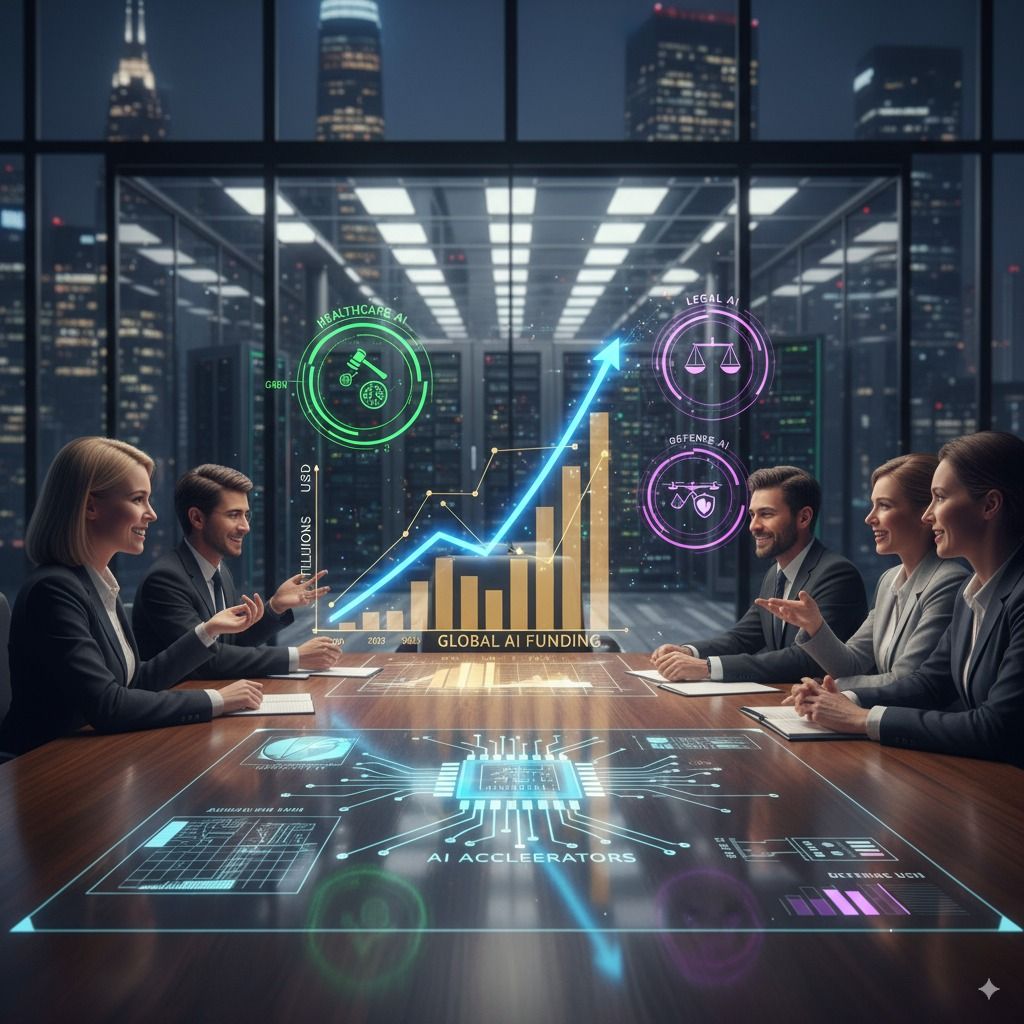Introduction
Silicon Valley's two leading artificial intelligence startups are charting radically different paths to profitability. According to financial documents revealed by The Wall Street Journal, Anthropic is set to reach break-even in 2028, a full two years before OpenAI. This timing difference reflects completely opposite corporate philosophies: efficiency versus aggressive expansion.
AI Market Context
Anthropic and OpenAI represent the world's two most valuable AI startups, with valuations of $183 billion and $500 billion respectively. Both have attracted massive investments from tech giants: Microsoft backs OpenAI, while Amazon and Google support Anthropic. The competition between these two companies is defining the future of commercial AI.
Founded four years ago by Dario Amodei, a former Google and OpenAI researcher, Anthropic initially faced a disadvantage after ChatGPT's viral launch. However, by focusing on business customers rather than consumers, the startup has built a solid foundation with approximately 80% of revenue coming from the corporate sector.
Financial Strategies Compared
Financial documents shared with investors in summer 2024 reveal substantial differences. In 2025, OpenAI expects to burn $9 billion on $13 billion in revenue, while Anthropic will consume nearly $3 billion on $4.2 billion in sales. Both register a burn rate of 70% relative to revenue.
The real divergence emerges in subsequent years. Anthropic forecasts drastically reducing its burn rate: from 70% of revenue in 2025 to roughly one-third in 2026, down to 9% in 2027. OpenAI, by contrast, will maintain a 57% rate still in 2026, reaching as high as 74% of revenue in operating losses in 2028, equivalent to about $74 billion.
Infrastructure Investments
OpenAI is investing nearly $100 billion in backup data center capacity to cover unforeseen demand from future products and research. Recently, CEO Sam Altman announced computing supply deals that commit the company to up to $1.4 trillion over the next eight years, a figure that has raised questions about financial sustainability.
Anthropic adopts a more conservative approach, with costs growing proportionally to revenue. The company avoids costly forays into image and video generation, instead concentrating on the Claude chatbot, particularly appreciated for coding capabilities and business applications.
Divergent Business Models
OpenAI pursues an aggressive expansion strategy under Sam Altman's leadership, who aspires to transform the company into a trillion-dollar tech giant. The startup recently launched the Sora video app and Atlas browser, and is developing consumer hardware devices, e-commerce and advertising features for ChatGPT, plus humanoid robots.
Anthropic, instead, favors sustainable growth through business customers. This strategy has allowed Claude to gain ground, especially among developers and companies seeking reliable AI solutions for coding and process automation.
Risks and Opportunities
OpenAI's strategy carries significant risks. It requires near-constant fundraising and could fail if the market cools on AI or if near-term profitability disappoints. Investors have already shown concern in recent weeks about AI spending and the ability to generate sufficient revenue to justify the enormous infrastructure investment.
On the other hand, OpenAI's upfront investment could pay off handsomely if demand continues to surge. CFO Sarah Friar recently stated that the company has healthy margins and could break even if it wanted to, highlighting rapid growth in the enterprise business and experimentation with new business models.
"Demand for AI exceeds available compute supply today. Every dollar we invest in AI infrastructure goes to serving the hundreds of millions of consumers, businesses and developers who rely on ChatGPT."
OpenAI Spokesperson
"We believe the risk to OpenAI of not having enough computing power is more significant and more likely than the risk of having too much."
Sam Altman, OpenAI CEO
Industry Implications
The different financial trajectories of Anthropic and OpenAI represent two visions of the AI industry. OpenAI bets on rapid growth, market dominance and continuous innovation, accepting massive short-term losses. Anthropic focuses on operational efficiency, healthier margins and sustainable growth.
Both companies are aiming for IPOs that could be among the largest in tech history. Major Silicon Valley investors have positions in one or both startups, while the world's three largest cloud providers have tied their growth strategies to these two companies.
Conclusion
The competition between Anthropic and OpenAI will define the future of commercial artificial intelligence. While OpenAI pursues aggressive expansion with massive investments, Anthropic demonstrates that a more measured approach can lead to faster profitability. Time will tell which strategy prevails, but both companies are shaping the technological landscape for decades to come. For investors and businesses, these divergences offer valuable lessons on risk, innovation and sustainability in the AI era.
FAQ
When will Anthropic reach profitability compared to OpenAI?
Anthropic expects to reach break-even in 2028, while OpenAI estimates becoming profitable only in 2030, burning roughly 14 times more cash before reaching profitability.
What are Anthropic's projected revenues for 2025?
Anthropic forecasts $4.2 billion in revenue for 2025, with a burn rate of nearly $3 billion, equivalent to about 70% of sales.
Why will Anthropic become profitable before OpenAI?
Anthropic adopts a more conservative approach with costs growing proportionally to revenue, avoiding massive infrastructure investments and focusing on business customers who generate 80% of revenue.
How much will OpenAI invest in computing in coming years?
OpenAI has signed deals committing it to up to $1.4 trillion in computing over the next eight years, plus nearly $100 billion for backup data center capacity.
Who are Anthropic AI's main customers?
Approximately 80% of Anthropic's revenue comes from business customers using the Claude chatbot primarily for coding and process automation.
How do Anthropic and OpenAI burn rates compare?
In 2026, Anthropic forecasts a burn rate of roughly one-third of revenue versus 57% for OpenAI. In 2027, Anthropic drops to 9% while OpenAI remains at 57%.
What new products is OpenAI developing?
OpenAI has launched the Sora video app and Atlas browser, and is working on consumer hardware devices, e-commerce and advertising features for ChatGPT, plus humanoid robots.
Who founded Anthropic and when?
Anthropic was founded four years ago by Dario Amodei, a former Google researcher who left OpenAI after a dispute with Sam Altman.
